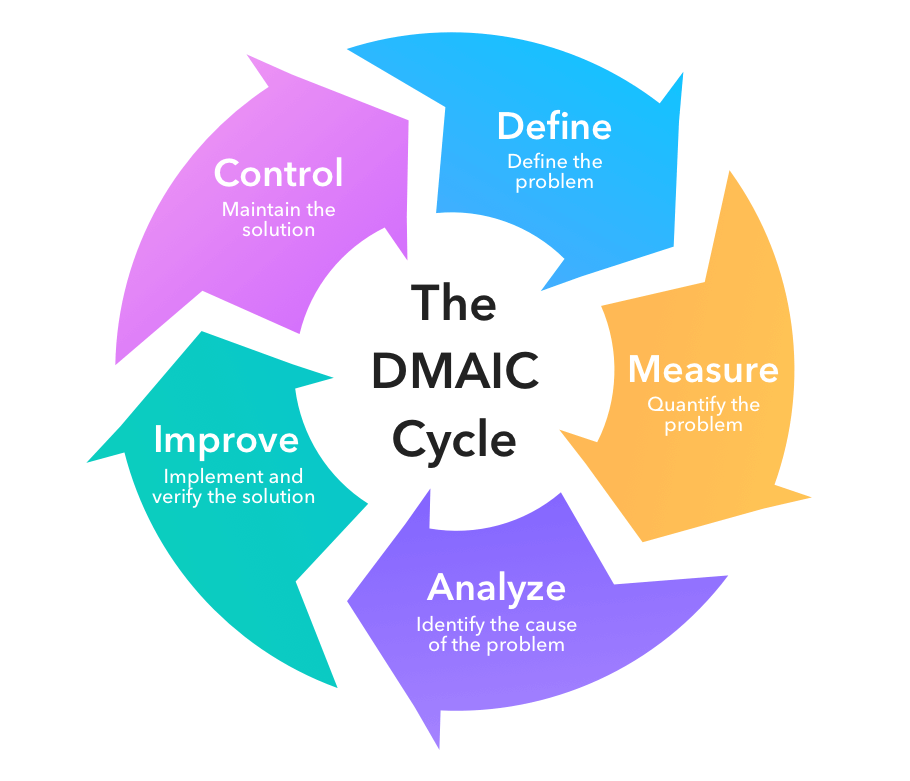
The Six Sigma methodology is a powerful tool widely adopted in business analysis and process management. It is a data-driven approach that aims to improve the quality of processes by reducing defects and variations. Developed by Motorola in the 1980s, Six Sigma has since been implemented by numerous organizations across various industries.
At its core, Six Sigma focuses on identifying and eliminating the root causes of process defects or errors. It does this through a systematic approach known as DMAIC (Define, Measure, Analyze, Improve, Control). This methodology provides a structured framework for problem-solving and continuous improvement.
The first step in the DMAIC process is to define the problem or opportunity for improvement. This involves identifying the goals and objectives of the project and understanding customer requirements. By defining these parameters upfront, organizations can ensure their efforts align with customer expectations.
Once the problem has been defined, the next step is to measure current performance levels. This involves collecting data on key process metrics such as defect rates or cycle times. By quantifying these metrics, organizations can gain insights into how well their processes are performing and identify areas for improvement.
After measuring current performance levels, it is time to analyze the data collected. This step involves identifying patterns or trends contributing to process defects or variations. Through statistical analysis techniques such as regression analysis or hypothesis testing, organizations can pinpoint root causes and develop targeted solutions.
With a clear understanding of root causes, organizations can move on to improving their processes. This may involve redesigning workflows, implementing new technologies, or training employees on best practices. The goal here is to eliminate defects and reduce variations so that processes consistently meet customer requirements.
Finally, controlling and sustaining these changes is crucial once improvements have been made. This involves developing monitoring systems to track key process metrics and ensuring corrective actions are taken when necessary. By establishing control mechanisms, organizations can prevent the recurrence of defects and maintain the gains achieved through the Six Sigma methodology.
The benefits of implementing Six Sigma in business analysis and process management are numerous. Organizations can improve customer satisfaction, increase operational efficiency, and reduce costs by reducing defects and variations. Moreover, the data-driven approach of Six Sigma provides a solid foundation for decision-making, ensuring that organizations make informed choices based on objective evidence rather than subjective opinions.
The Six Sigma methodology is a robust business analysis and process management tool. Its systematic problem-solving and continuous improvement approach has proven effective in various industries. By following the DMAIC framework, organizations can identify root causes of defects or errors, develop targeted solutions, and sustain improvements over time. The result is improved quality, increased customer satisfaction, and enhanced competitiveness in today’s dynamic business environment.
